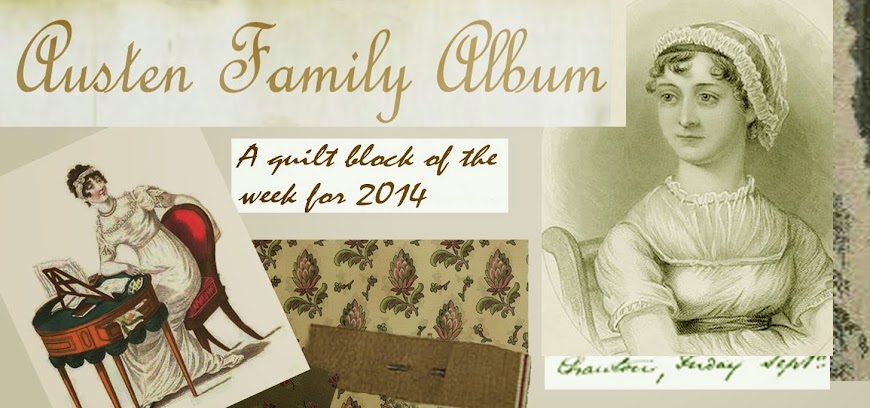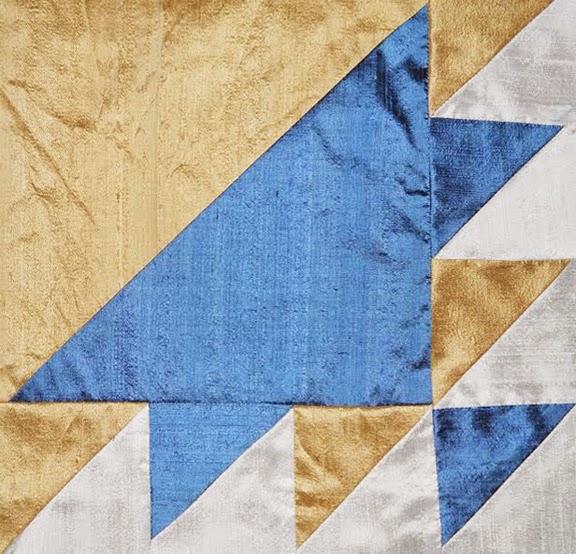Charles John Austen 1779-1852
Captain Frederick Wentworth's financial prospects
improved considerably due to prizes. Illustration by
Hugh Thomson from the 1898 edition of Persuasion
Charles's real-life story became
plot in Jane’s novels Mansfield Park and
Persuasion where sailors benefit
financially from “prizes.” The British Navy encouraged enlistment and aggression through these bonuses, sharing the bounty of a captured ship with the underpaid sailors.
The Endymion, sketch by Admiral Sir Charles Paget in 1809.
She was the fastest English ship of her day.
Charles was assigned to the
British frigate Endymion, whose
mission was to capture enemy ships, particularly privateers carrying trade goods
(some of it captured from other ships). The goal was to board the ship and confiscate both ship and cargo for
England. Ships might be sold or refitted as British vessels.
Charles’s early moment of glory came about 1800 in
pursuit of French privateer Scipio, a
new, swift ship that provided an "arduous Chace” until a storm came up.
Charles was one of five who took advantage of poor visibility to sneak up on
the Scipio in a small boat and
capture her for England. Charles held the vessel overnight until the crew from the Endymion could back them up.
"Taken as a prize in the Revolutionary War from an English vessel."
Note stitched to the back of an 18th-century quilt now in the U.S.
See more:
http://colonialquills.blogspot.com/2013/09/colonial-hand-quilting-labor-of-love.html
Charles's monetary prize from this adventure was rather small (the Scipio was carrying little cargo) but with his share the young man bought gifts for his older sisters.
Jane wrote to Cass:
"Charles has received £30 for his
share of the privateer, and expects £10 more; but of what avail is it to take
the prizes if he lays out the produce in presents to his sisters? He has been
buying gold chains and topaz crosses for us. He must be well scolded."
Those gold chains and crosses can be seen
at the Jane Austen Chawton House Museum. Persuasion's fictional sailor brother
A French fashion plate shows similar jewelry
in 1814.
Later in the wars Charles was posted the West Indies from 1805 to 1811 where he continued to win prizes enabling him to afford marriage. In Bermuda he met the family of John Palmer, late attorney-general of the Island, and married Fanny Palmer in 1807.
Frances
Fitzwilliam Palmer Austen,
Charles's first wife, painted 1809-10 by
Robert Field
She lived at sea with him and died on a ship at 24 years of age after giving birth to her fourth daughter seven years later. The three surviving girls went to live with their Aunt Harriet Ebel Palmer. In 1820 Charles married Harriet.
Rear-Admiral Charles Austen
Charles died in what is now Myanmar of cholera
during the 1852 world-wide epidemic of the
often-fatal digestive infection.
Crosses & Losses by Becky Brown
We can celebrate France's loss of the Scipio to Charles Austen and his gift of jeweled crosses with Crosses and Losses, given the name by the Kansas City Star in 1929.
BlockBase # 1313
Cutting a 12” Block
A - Cut 4 squares 3-7/8”. Cut each in half with a
diagonal cut to make 2 triangles.
B – Cut 4 squares 3-1/2”.
C - Cut 2 squares 6-7/8”. Cut each in half with a
diagonal cut to make 2 triangles.
You need 4 triangles.
Sewing:
Crosses & Losses by Dustin Cecil
Read the account of the jeweled crosses and the Prize by Jane and Cassandra's nephew James Edward Austen-Leigh in his 1869 A Memoir of Jane Austen here:
The Endymion on the right
During the English/U.S. branch of the Napoleonic Wars known as the War of 1812, the Endymion engaged with the U.S. President in the 1815 battle in which American Commodore Stephen Decatur was killed. Charles was captain of another ship by then.
Read Sheila Johnson Kindred’s essay The Influence of Naval Captain Charles Austen’s North American
Experiences on Persuasion and Mansfield Park by clicking here:
















































